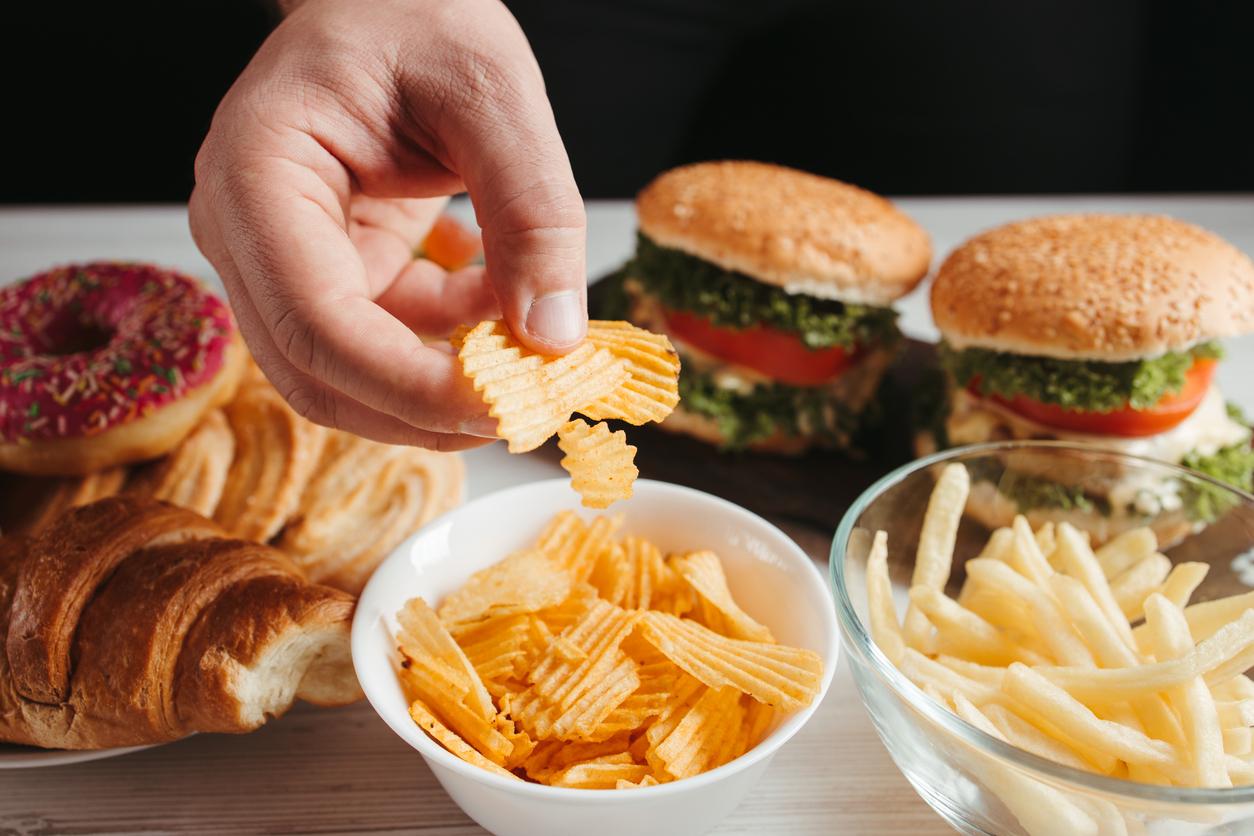While the deleterious impact of ultra-processed foods on health is proven, benchmarks make it possible to classify them according to their degree of processing and to consume better.

- Twenty epidemiological studies recently published in France and around the world show the negative impact of processed foods on health.
- According to a study by The European Journal of Nutrition, ultra-processed foods make up 31% of the plate of the French.
What differentiates a processed food from an ultra-processed food? Indeed, if we know that consuming too many processed foods (rich in calories, fats, sugar or salt) is a risk factor for a many diseasesit is not always easy to navigate and make the right choices among the multitude of products available on the shelves.
An ultra-processed food is the result of an industrial process
A guide however, allows them to be differentiated. It divides foods into three groups based on the amount of processing they have undergone.
The transformation of a food consists in smoking it, cooking it or adding a natural ingredient to it… where ultra-processed foods go further by using dyes, chemicals or even ingredients that we do not not use when cooking at home.
“Thus, minimally processed foods, such as apples, are usually exactly as they appear in nature. Processed foods, such as applesauce, have undergone at least one level of processing that has altered their original form. Conversely, ultra-processed foods, like apple jelly beans, have gone through multiple levels of processing and are usually filled with extra fats, colorings, and preservatives.”, concretely explains the DailyMail which reproduces this guide.
Ultra-processed foods: we still do not know all the consequences on health
Santé Publique France also gives tips and tricks to find your way around, like learning to spot the many additives in ultra-processed products: “In the list of ingredients on the label of the products we buy we can sometimes read mentions such as: E 300, E 104, E 129, xanthan gum, carboxymethylcellulose, nitrites, acesulfame K, glutamate… these are additives! These are often ingredients that we do not find in our cupboards at home. These include sweeteners, emulsifiers, flavor enhancers, antioxidants, etc. which are added to foods to improve their flavor, taste, appearance and to preserve them better.“
The health authority also recommends limiting the consumption of ultra-processed products because of their characteristics, in particular the fact that they are of lower nutritional quality on average and that they contain contaminants formed during processing. transformation whose exact impact on health is not yet known.
Prolonged contact with food packaging due to a generally long shelf life could also have an impact on health, indicates Public Health France.


















